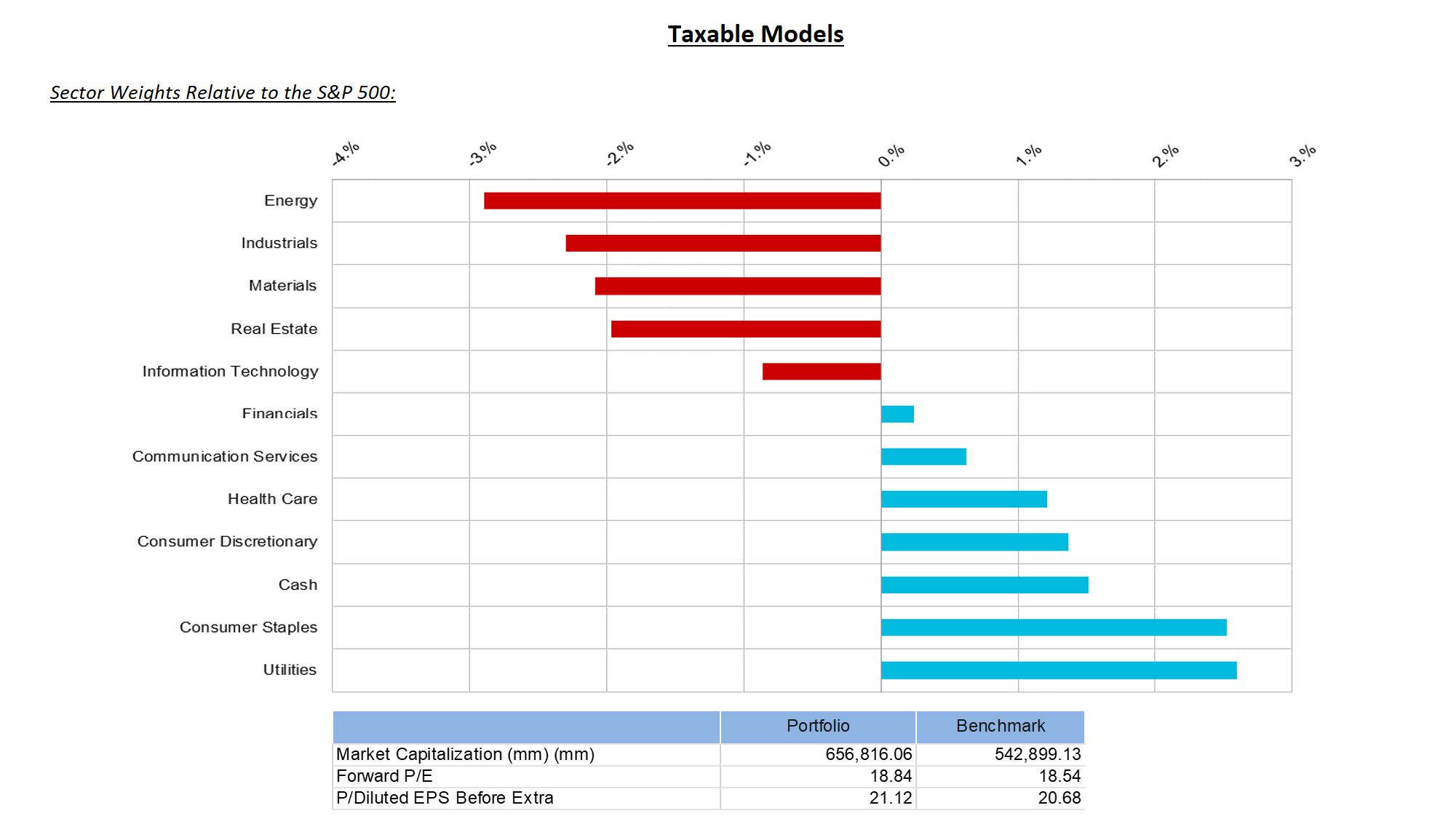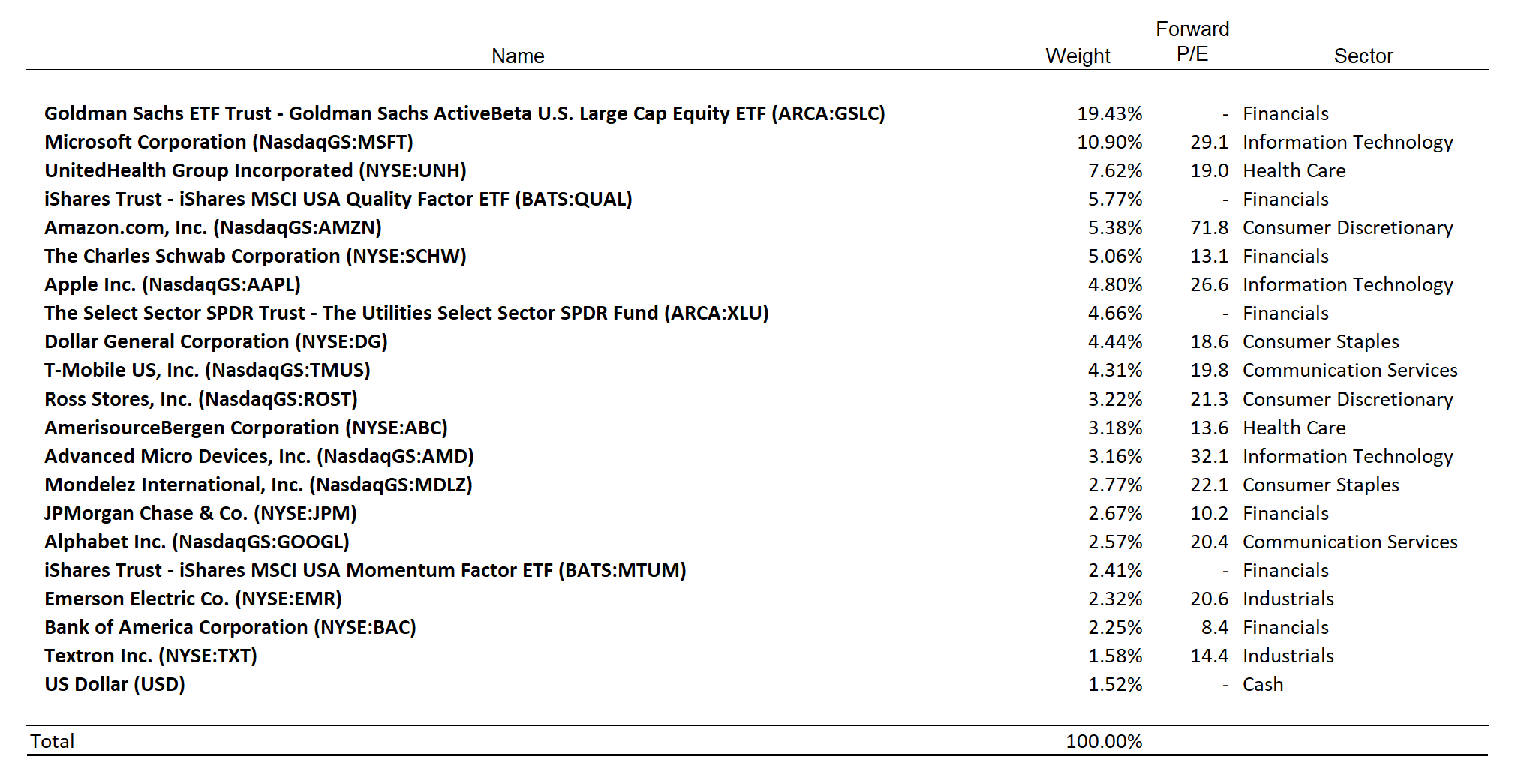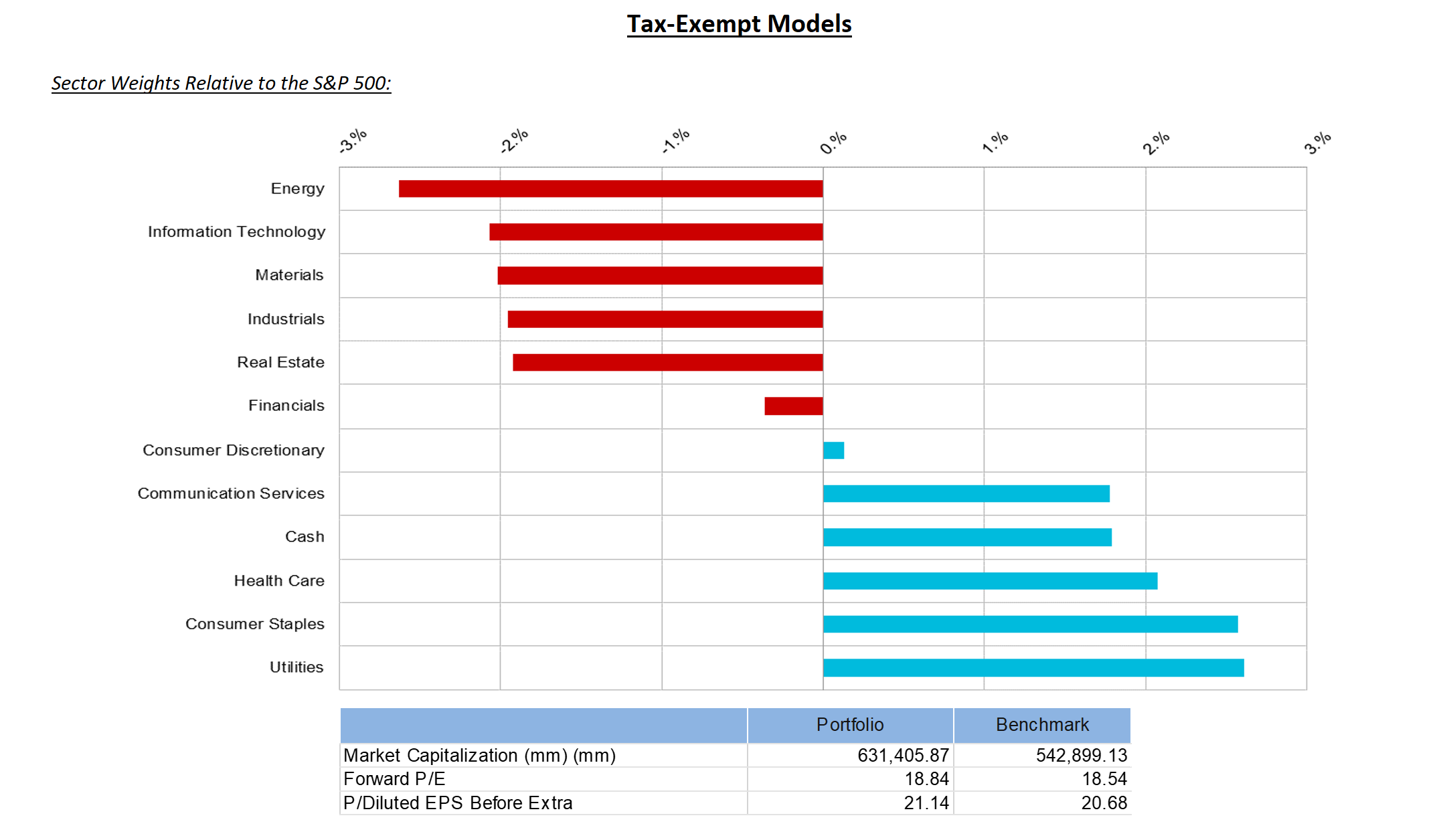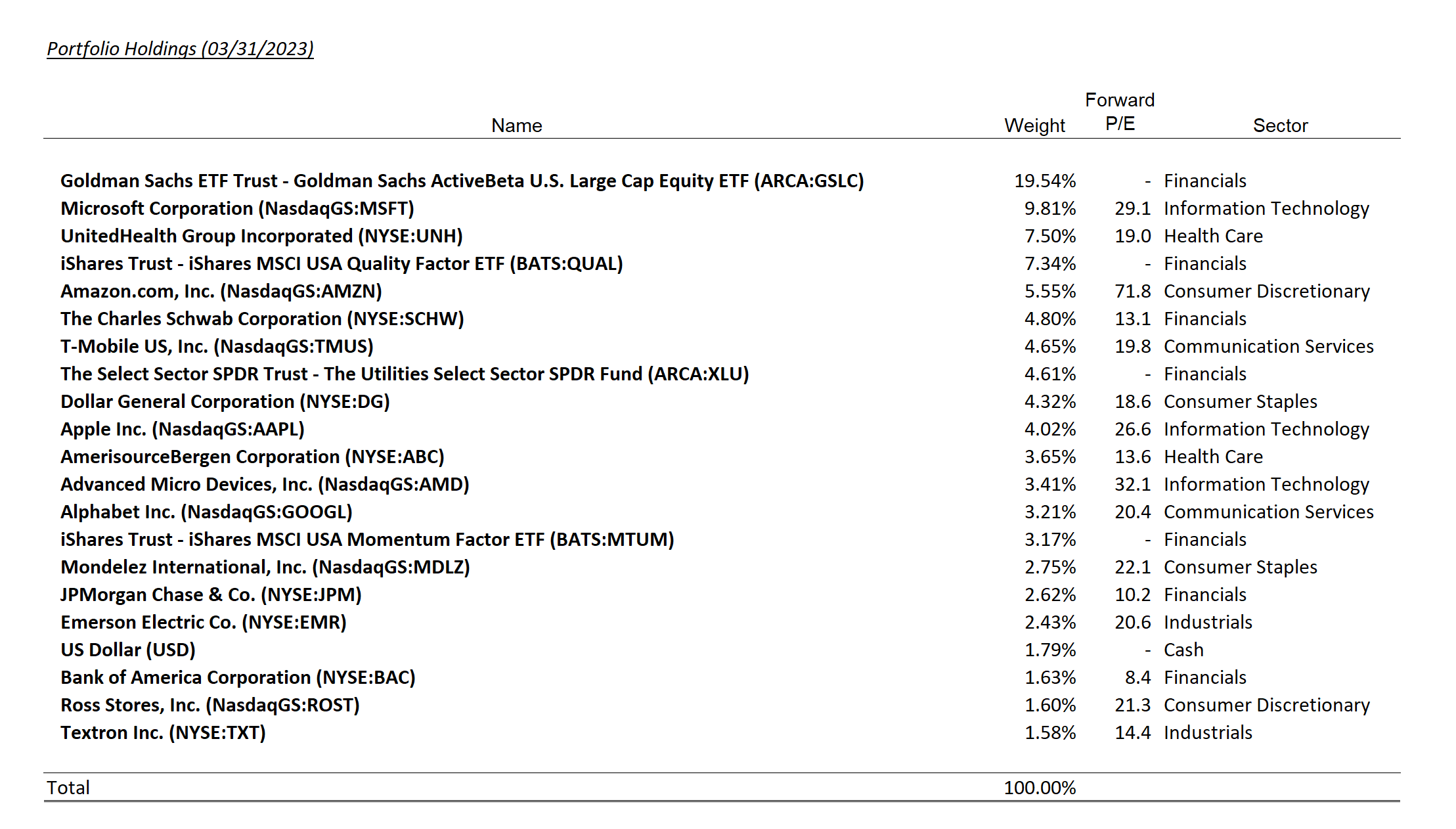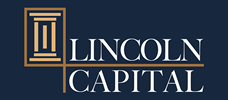We trimmed our position in JPMorgan. We increased our bank exposure in March and, while we like the sector on a short-term basis, we did not want to be overexposed. Selling the highest quality and most stable bank to reallocate to better value ideas like BAC and SCHW made sense to us.
In 2022, Schwab generated 58% of sales from banking activities, 18% from trading, and 20% from asset management and advice solutions. The key focus point today is its bank. In your brokerage account, Schwab sweeps cash to its bank, pays you interest, and then reinvests the proceeds in treasury and agency MBS primarily. Securities and cash represent 71% of the bank’s balance sheet; for reference, Schwab pays 0.45% to you in interest.
As interest rates rise, advisors and Schwab retail customers invest cash sitting in their brokerage into higher-yielding securities. This cash typically goes into Schwab money funds. This activity can be thought of as a withdrawal from Schwab bank by Schwab’s clients. Schwab calls this activity ‘client cash sorting’.
Cash sorting is not a new phenomenon. It was mentioned 9 times in the April 2022 update conference call, 8 times in July, and 6 times in October. While investors were aware of this issue, it gained momentum as Silicon Valley Bank collapsed. Schwab shares many similarities with SVB, but is also different in important ways.
Like SVB, Schwab’s balance sheet is heavily invested in securities, and rightfully so, as client cash balances move a lot, and putting client cash into loans would be ill advised. Also, like SVB, the value of Schwab’s securities lost value as rates rose. At year-end 2022, Schwab had $26 billion of unrealized losses on their security book. However, unlike SVB, 80% of Schwab’s deposits are FDIC insured and therefore less prone to deposit flight. The average amount of bank sweep cash in client accounts at year end was approximately $17,000.
While management was aware of this cash sorting on the horizon, we believe they underestimated the swiftness of rate rises last year (of course they weren’t alone, but this isn’t an excuse). We believe this due to their reliance on Federal Home Loan Bank (FHLB) funding at the end of last year, and the expected use of this credit line this year. This borrowing is multiples of deposit costs (>4.5% v. 0.45% on deposits) and we don’t think they planned to use it, suggesting a miscalculation on their part.
What SVB did was put a spotlight on Schwab, and if customers got nervous and either moved their account away from Schwab or invested their cash balances in securities, this would force Schwab to either use more FHLB funding or sell securities at a loss. If securities were forced to be sold, Schwab would need to raise capital to maintain regulatory compliance.
The Fed’s Bank Term Funding Program (BTFP) significantly reduced this risk. Instead of selling securities, Schwab could access this facility, get 100 cents on the dollar for securities, even if market value was well below 100. The rate charged would be in the mid-4’s. While excessive use of this program would cause margins to shrink – yields on assets were 2.84% in Q4, borrowing at 4% would be a negative margin – it takes incurring the loss on the security sale and being forced to raise capital off the table.
In their February review (issued in March), Schwab stated that they have $100 billion in cash flow from cash on hand, security portfolio cash flow and anticipated net new assets over the next twelve months. They also stated that they could raise $8 billion per month in retail CDs, and their lines with FHLB and BTFP are in excess of $300 billion. Some of these numbers are double counting, as surely the maturing securities over the next 12 months are eligible for FHLB and BTFP. Nonetheless, there is liquidity available, though some of it is expensive. For reference, as of Q4 2022, there was just over $450 billion in deposits, which was down $105 billion from year end 2021.
So how much will client’s cash sort and how much did the SVB debacle impact client’s actions? These are the critical questions. Schwab’s contention is that eventually cash is worked down to a level called “transactional cash,” which is essentially funds people want to keep liquid and it isn’t worth the tradeoffs of investing it in money funds. This logically makes sense to us.
And in past episodes of high rates, cash was left in the accounts earning a suboptimal yield, so why should this time be different? Schwab also believes that cash sorting will slow down at some point this year, which also makes sense. For the portion of clients interested in earning something on their cash, the amount of assets shifted when rates go from 0% to 4% is likely much greater than when rates go from 4% to 5%. Schwab expects sorting to diminish as we go through 2023. For January and February, flows into Schwab money funds have been around $24 billion per month, which suggests that sorting continues.
If sorting continues to the point where most customer cash is in money funds, this would be a problem for Schwab. Eventually, through new flows and maturing securities, they would be able to pay down the high-cost funding, but the balance sheet would be very small. This could be a possible outcome, but ultimately, if earning revenues from spread isn’t fulfilling, SCHW could change their business model and charge other types of fees. At the end of the day, SCHW’s revenue amounts to 0.28% of client assets and, given their scale, they are likely to be one of the lowest cost providers no matter how they are paid.
Management anticipates cash sorting to stop this year and provided guidance (pre-SVB) of net interest margins (NIM) expanding from 1.80% last year to >2.60% during 2024. If this were to play out, EPS in excess of $5.00 is possible. Furthermore, management guided to NIM exiting 2025 at 3.0%, which would get EPS well above $6.00.
Lastly, another scenario to consider is going back to zero interest rates (ZIRP). This will hurt NIM, which troughed at 1.40 during the recent ZIRP period, but SCHW’s security book would appreciate and deposits would shift from money funds back to bank sweep. Under this scenario, EPS in the $2.70 range is possible. At $49, SCHW is trading at 18x this figure. For reference, past ZIRP periods saw SCHW trade in the mid 20x’s as investors understood this was trough earnings.
In summary, SCHW is not entirely without risk today; however, we believe it represents one of the better risk/reward opportunities in the market. We consider our position today to be full and will not be adding until a clearer path emerges—even if that means paying up at that time.
